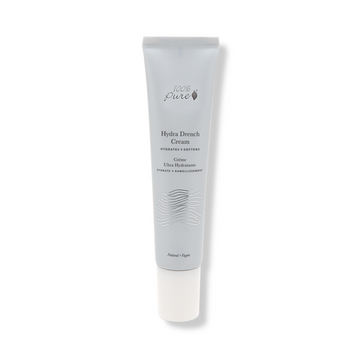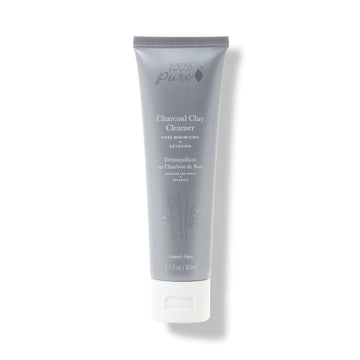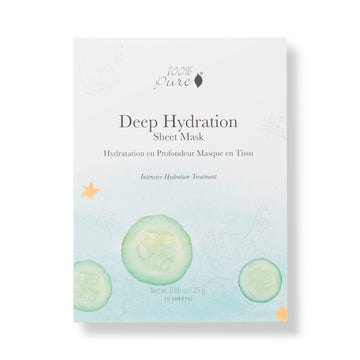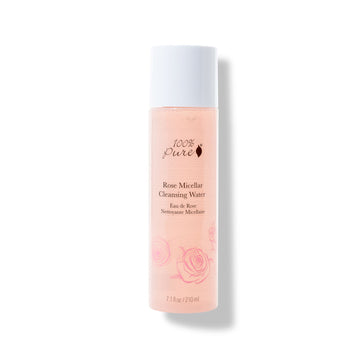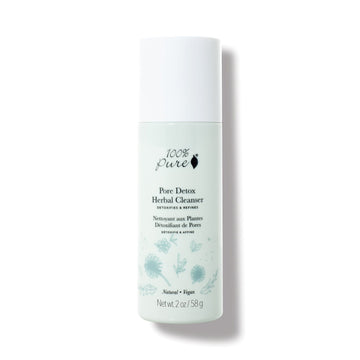We’ll help you determine whether or not an oil-busting clay face mask is right for you
Written by: 100% PURE ®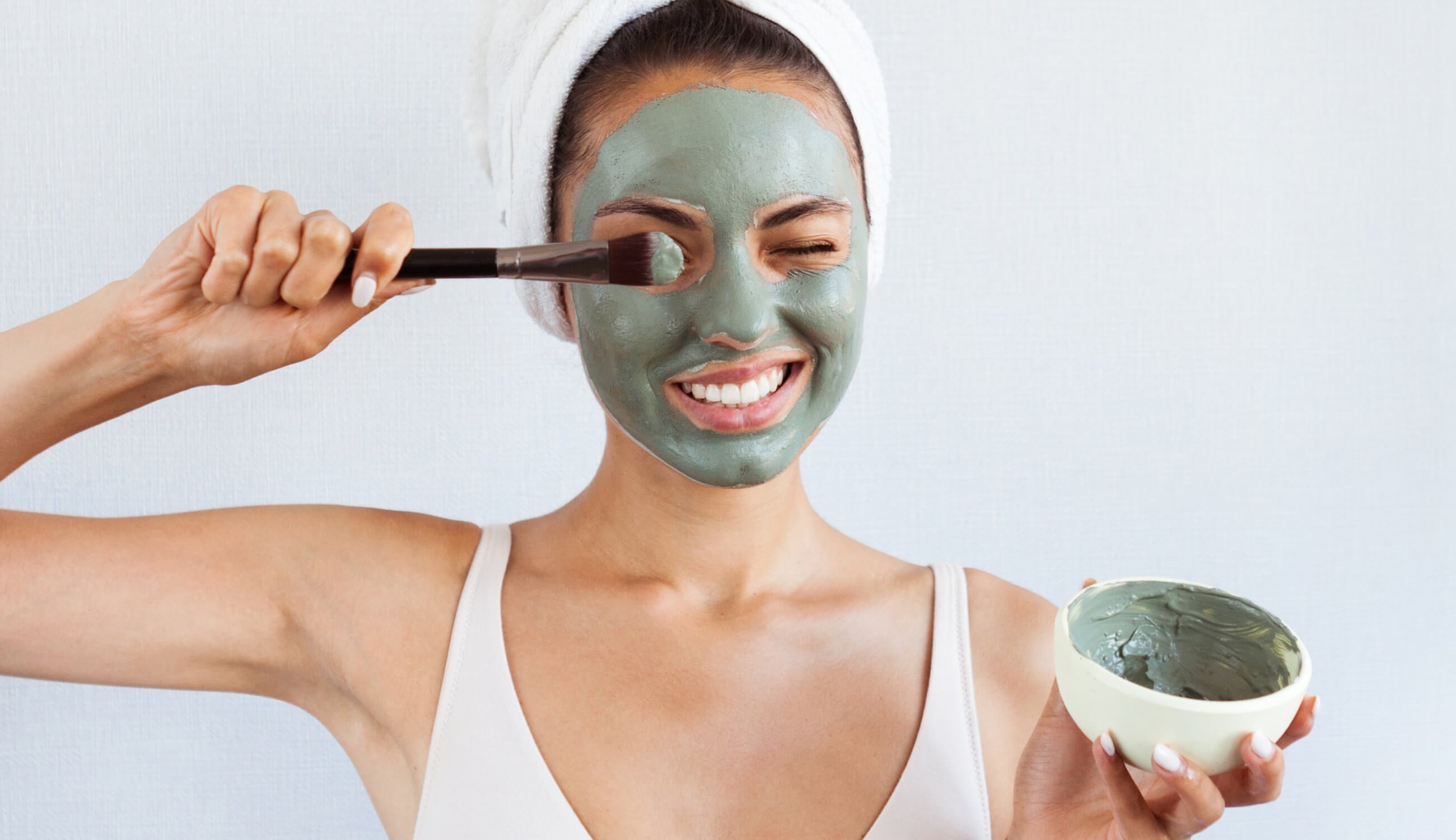
From bentonite to kaolin to rhassoul, clay has become a staple in many products for oily skin. Long hailed as an oil-absorbing and purifying ingredient, we often find different kinds of clay in cleansers – and most notably, face masks.
Much like exfoliation and potent active ingredients, a mask can add luster and health to dull skin – but may not be ideal for everyday. Find out whether a clay face mask should snag a spot in your weekly routine!
What makes clay an ingredient worthy of your time? We’d say its toxin-absorbing activities are its biggest attribute. Clay absorbs “materials by sticking to their molecules or ions”, meaning it takes these molecules with it once you wash your mask off. That makes clays like bentonite great for rinse-off masks.
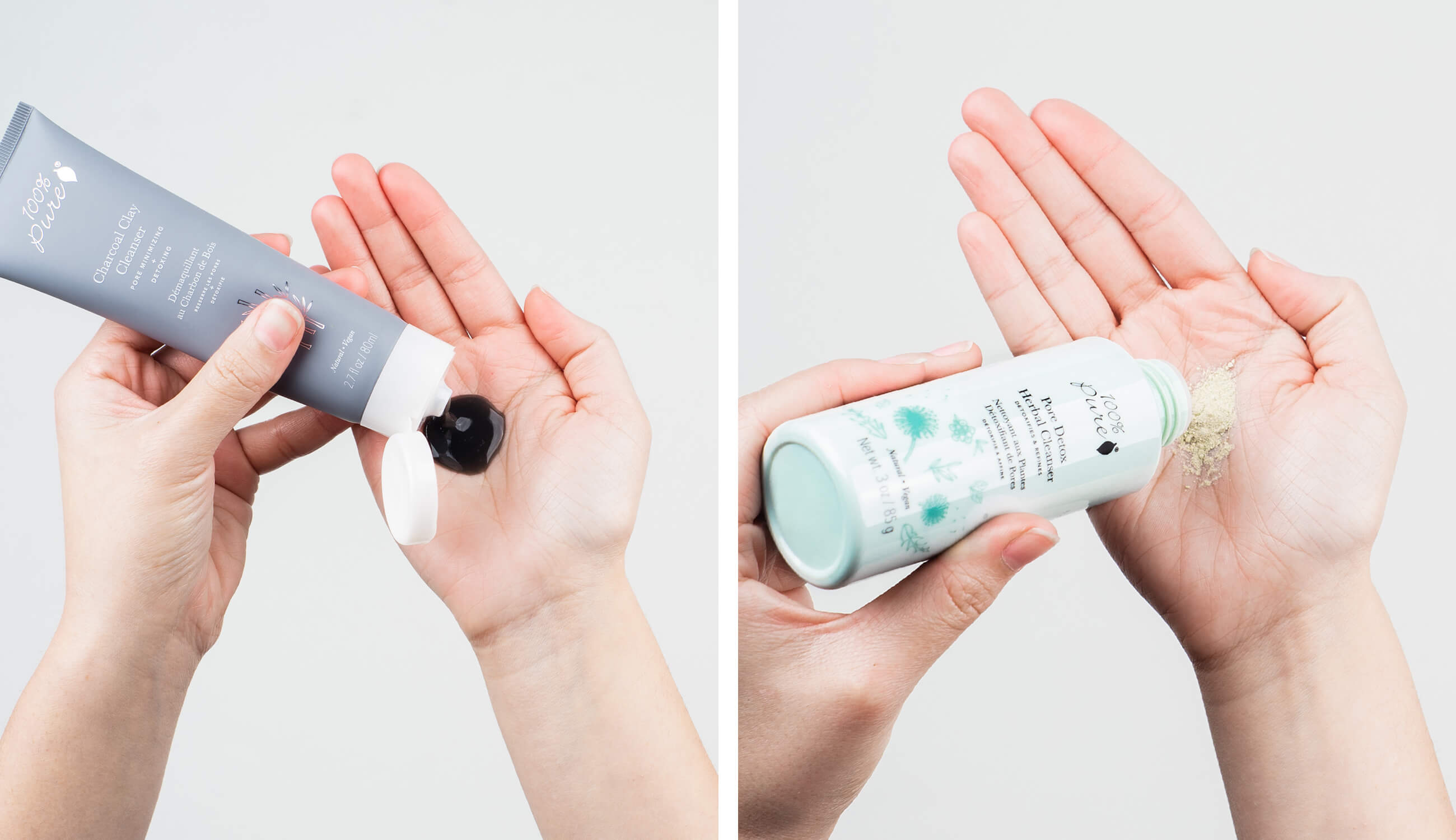
Absorbent properties mean clay masks may work well for conditions caused by impurities and oiliness in the skin. What exactly do these properties do for your skin? Here are five key benefits!
#1: Eliminates excess shine
Clay absorbs oil in your skin, especially if you use bentonite and kaolin clay. That means reduced shine, less oil overall, and ultimately better makeup application. You can try making a DIY clay mask, or can repurpose one of your daily cleansers by activating it as usual, then allowing it to sit on wet skin. We’d recommend either the powder-based Pore Detox Herbal Cleanser, or the Charcoal Clay Cleanser for a more moisturizing experience.
#2: Helps eliminate blackheads and clogged pores
Blackheads happen when dead skin cells and sebum clog a pore, and then darken after contact with air. Clogged pores don’t necessarily have to be blackheads. Sebaceous filaments happen after an overproduction of sebum in hair follicles on your face; they make pores appear larger and more like blackheads. The good thing is that clay’s absorbent properties work for banishing both!
#3: Helps prevent breakouts
Pimples occur when your skin’s natural oils get stuck under the surface of the skin. It can mix with dead skin cells to form comedones or react with bacteria. Clay removes dirt and oil from your pores, even providing light exfoliation to clear dead skin cells. This means there’s less of a chance for pimples to rear their stubborn heads.
#4: Makes pores appear smaller
Bentonite and kaolin clay help draw water and oil from the skin, which makes pores appear smaller. All the gunk you may be used to seeing in your pores is now gone – dirt and oil take up little to no space in your pores.
#5: Works well with other ingredients
Depending on your skin needs, you can combine pure clay with other ingredients. Some skin types may benefit from combining clay with other gentle exfoliants; think alpha and beta hydroxy acids. Acne-prone skin types may want to find a clay face mask with bacteria-killing sulfur. Clay plays well with moisturizing and soothing ingredients like aloe and chamomile, too.
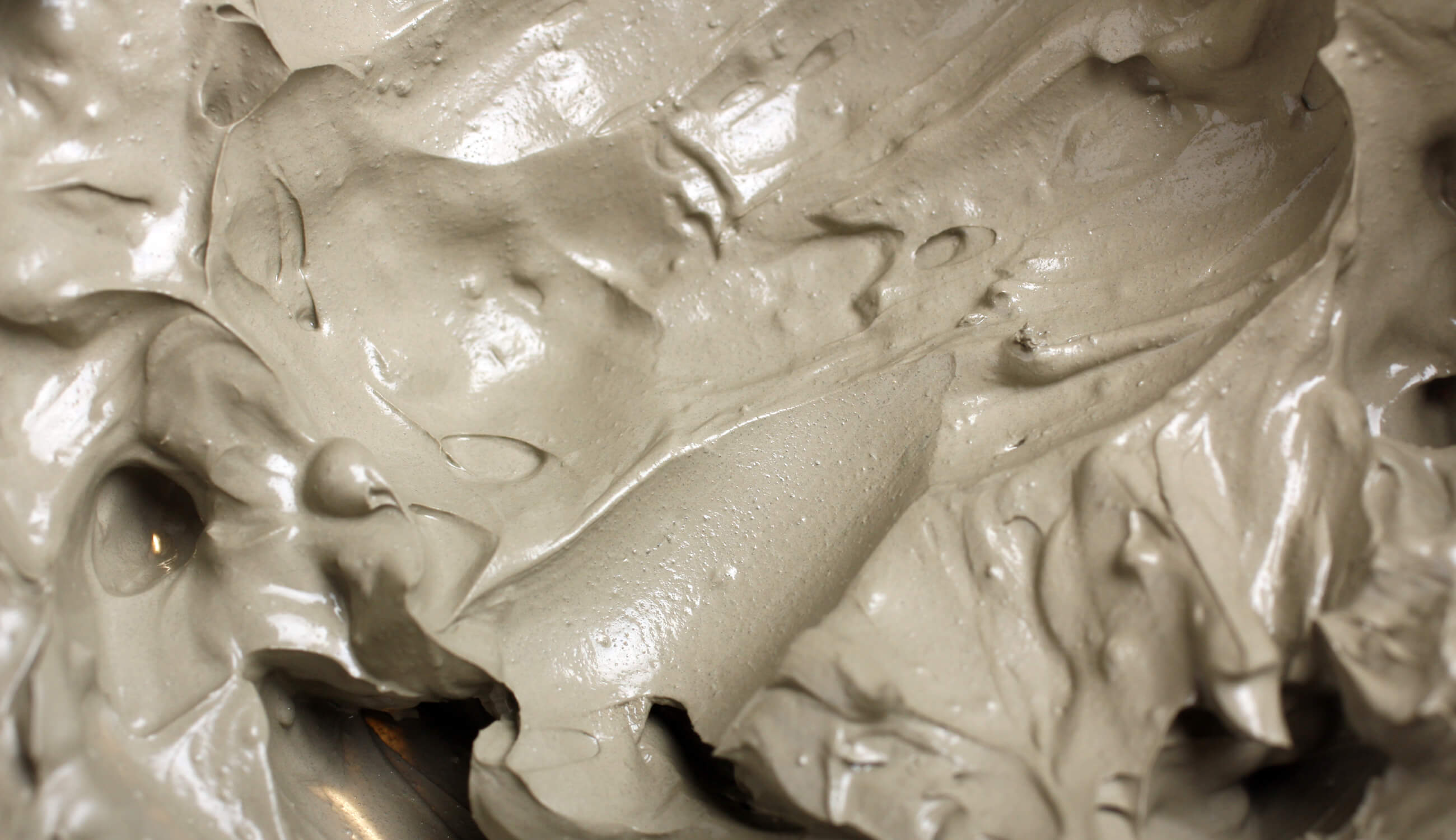
While clay-based masks are beneficial, they’re not always suitable for every skin type or occasion. Take these cons into consideration before using a clay mask!
#1: Not suitable for all skin types
Clay masks on the market are often formulated for oily skin types. With these masks, severely dry skin may experience uncomfortable tightness and flaking after using a clay treatment. Sensitive skin may be left with redness, especially if the mask dries completely and must be scrubbed away.
#2: Can be drying
If you leave a clay face mask on for too long, allowing it to dry completely, its oil-absorbing properties can be too effective. Even normal skin types may be stripped of oils and moisture afterwards. Many with oily skin think that getting rid of natural oils is always the answer – think again! Drying oily skin out can lead to more skin issues, including more sebum production and more risk of acne.
#3: May not work well after strong actives
Using ingredients like retinol in your routine can be irritating and drying to the skin. The remedies for this irritation are usually soothing ingredients and moisturization. A clay face mask tends to remove oils and water from your skin, so using clay after your strong actives can mean dry, flaky skin.
#4: Can cause irritation
Certain clay products may be too drying for skin, leaving the skin barrier compromised as there are no lipids left to protect it. A compromised skin barrier can cause breakouts and leave your skin prone to infection. You may also be allergic to clay and not know it; make sure to patch test your clay mask before using it on your entire face.
#5: Can be contaminated
Clays like bentonite are not regulated by the FDA. Clay is extracted from the earth, where materials like pesticides and heavy metals can accumulate. This makes it essential to buy from brands that you trust, to avoid using toxic substances on your skin. The good news is that studies haven’t found any serious side effects from using clay.
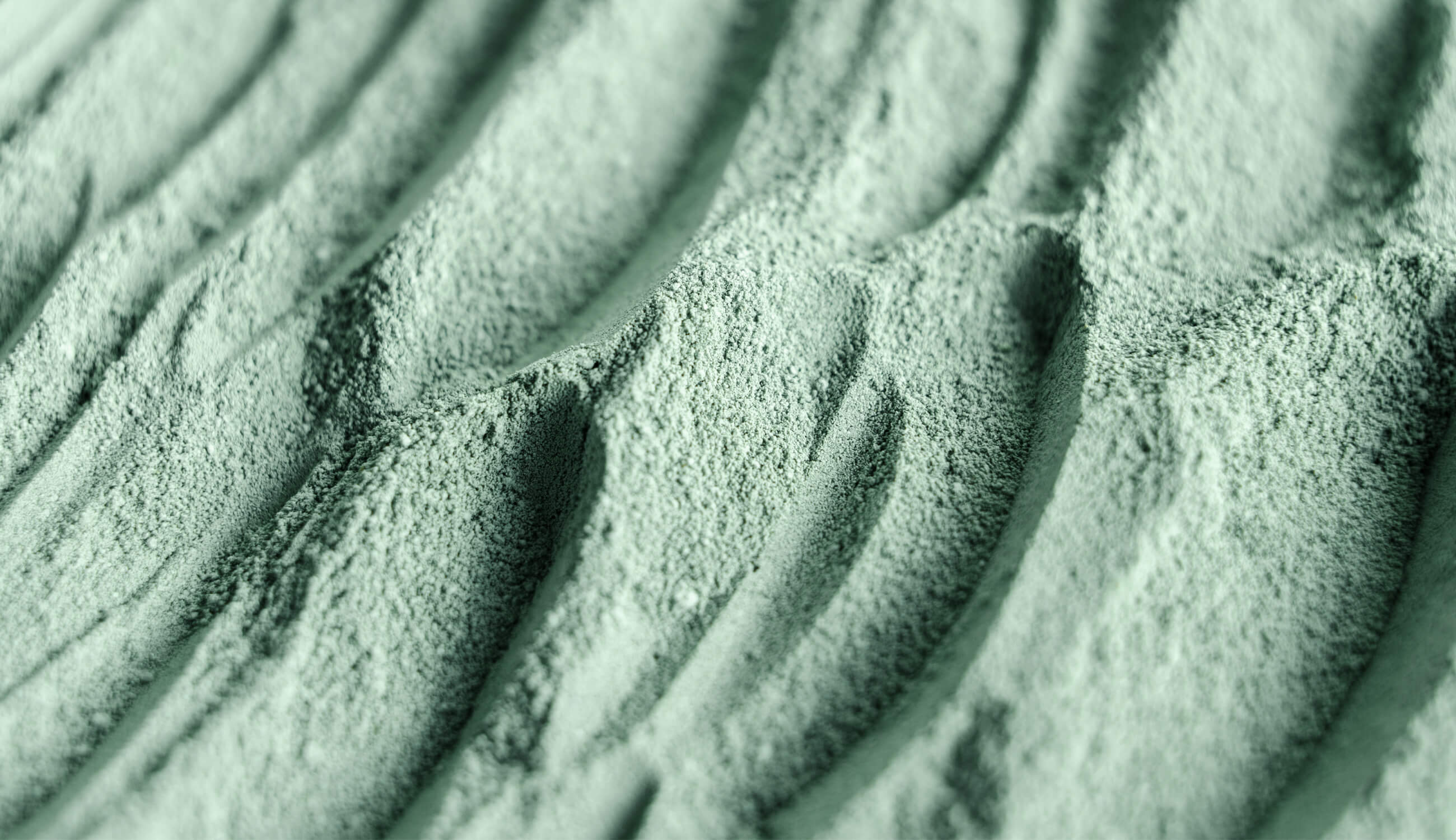
Now that you’re armed with the knowledge to decide if a clay mask is right for you, you need to choose a product and use it! We’ve compiled some tips and suggestions to ensure you’re using your clay face mask most effectively.
Step 1: Assess what your skin needs
If you’re a normal to combination skin type, use a clay face mask on an as-needed basis — particularly when your skin is oiler. This may happen when you’re vacationing in a more humid climate, or merely in the summertime at home.
Oily skin may want to use clay masks on a more regular basis, to help regulate oil production. Dry skin should use clay masks sparingly, to avoid drying their skin out further. Better yet, dry skin types may opt for a more hydrating mask for regular use.
Step 2: Don’t let the mask dry completely on your face
This is especially important if you have sensitive or dry skin. This drying phase draws moisture from the skin. Instead, remove the mask when it’s drying “around the edges of the face, nose, eyes, and lips, and is still damp across the cheeks and forehead.” To ensure you’ve lifted every bit of clay from the skin, do a once-over with a gentle micellar water on areas like the nostrils, eyebrows, and jawline.
Step 3: Follow up with serums and moisturizer
After a clay face mask, your skin is essentially a clean slate. Certain clays like kaolin are particularly great to clear away dead skin cells. The time after a mask is an ideal one for active ingredients like niacinamide and hyaluronic acid. Be sure to seal these actives in with a serum or moisturizer!
A clay mask is just one of the ways to detoxify your skin. For more suggestions on how to remove impurities from the body, check out our post on How to Detoxify from Head to Toe!
- Tags: Ingredients, January-2020, Skin Care, skincare
We carefully hand-select products based on strict purity standards, and only recommend products we feel meet this criteria. 100% PURE™ may earn a small commission for products purchased through affiliate links.
The information in this article is for educational use, and not intended to substitute professional medical advice, diagnosis, or treatment and should not be used as such.













